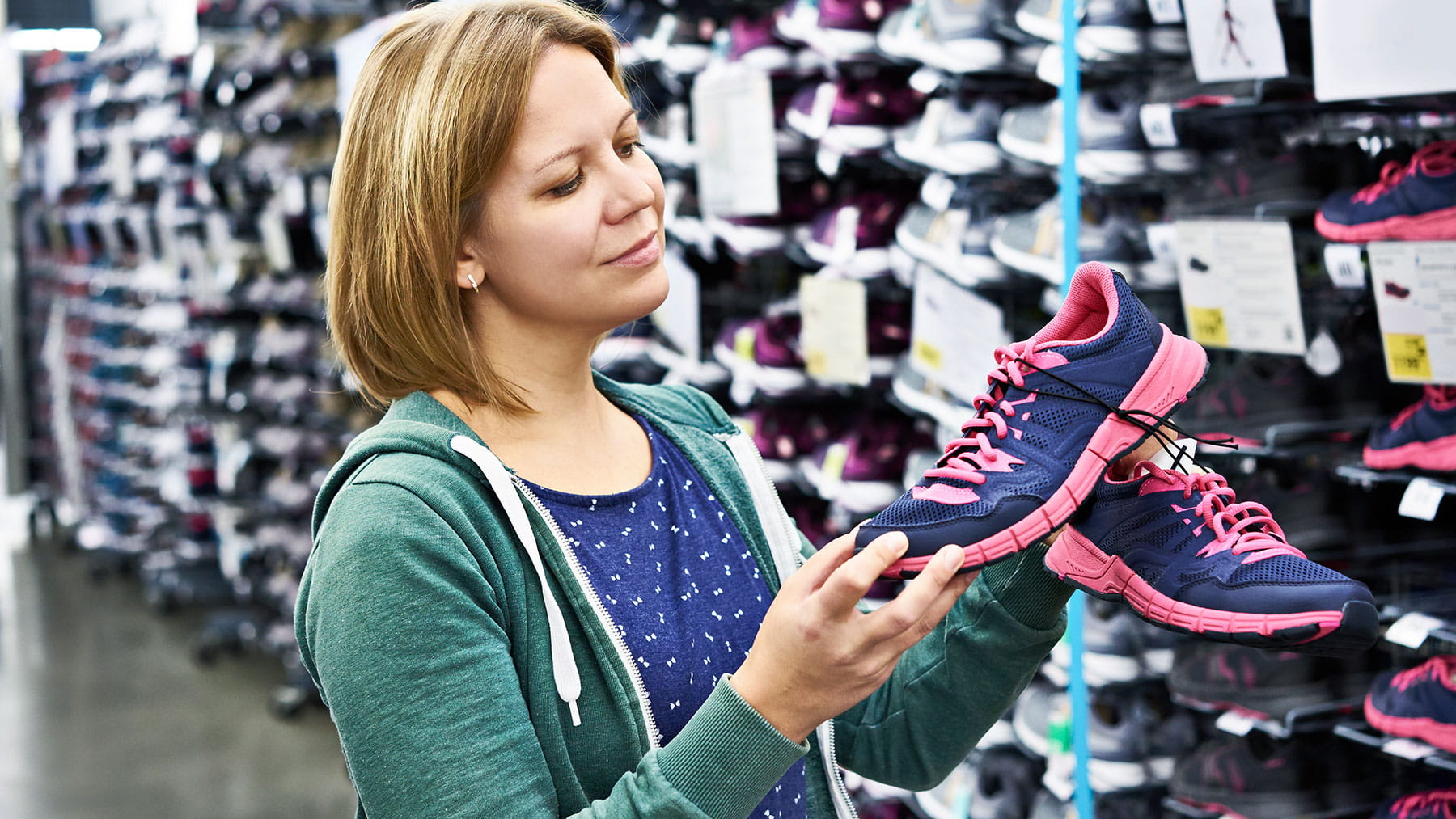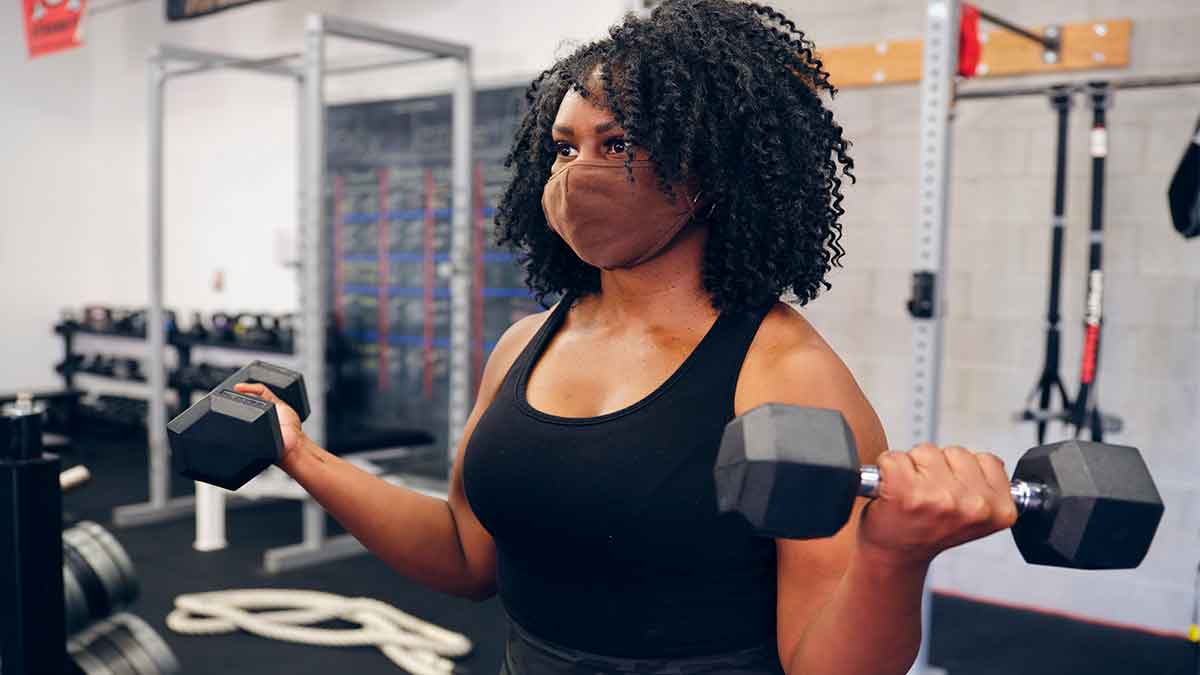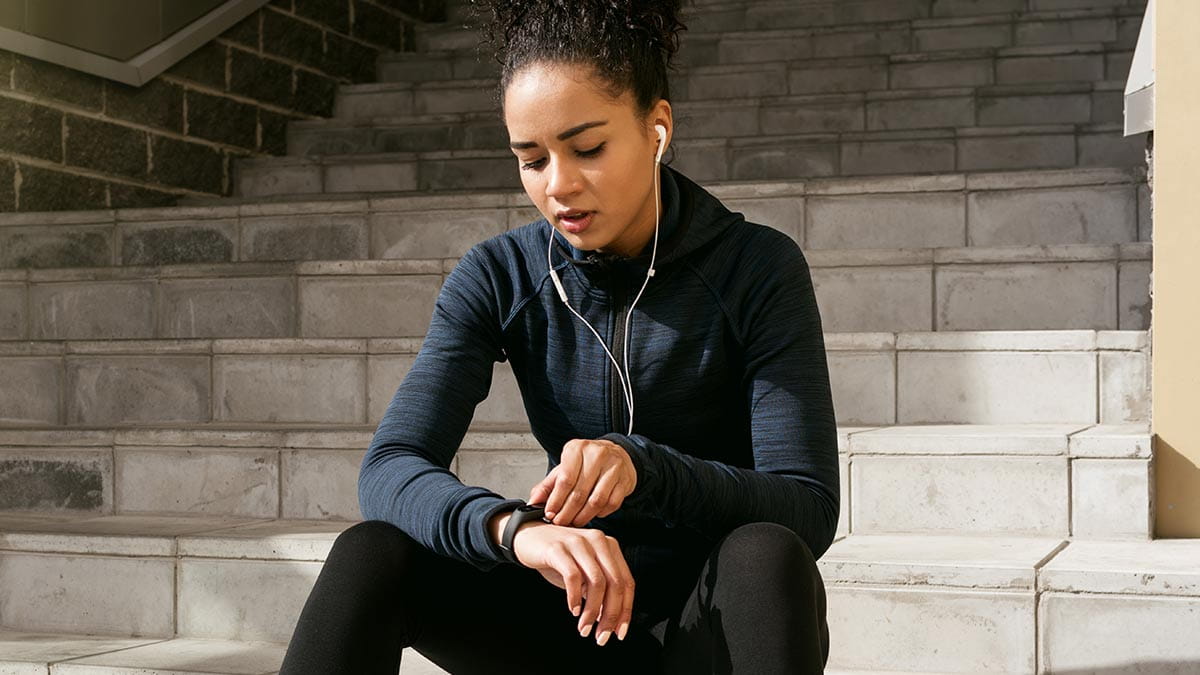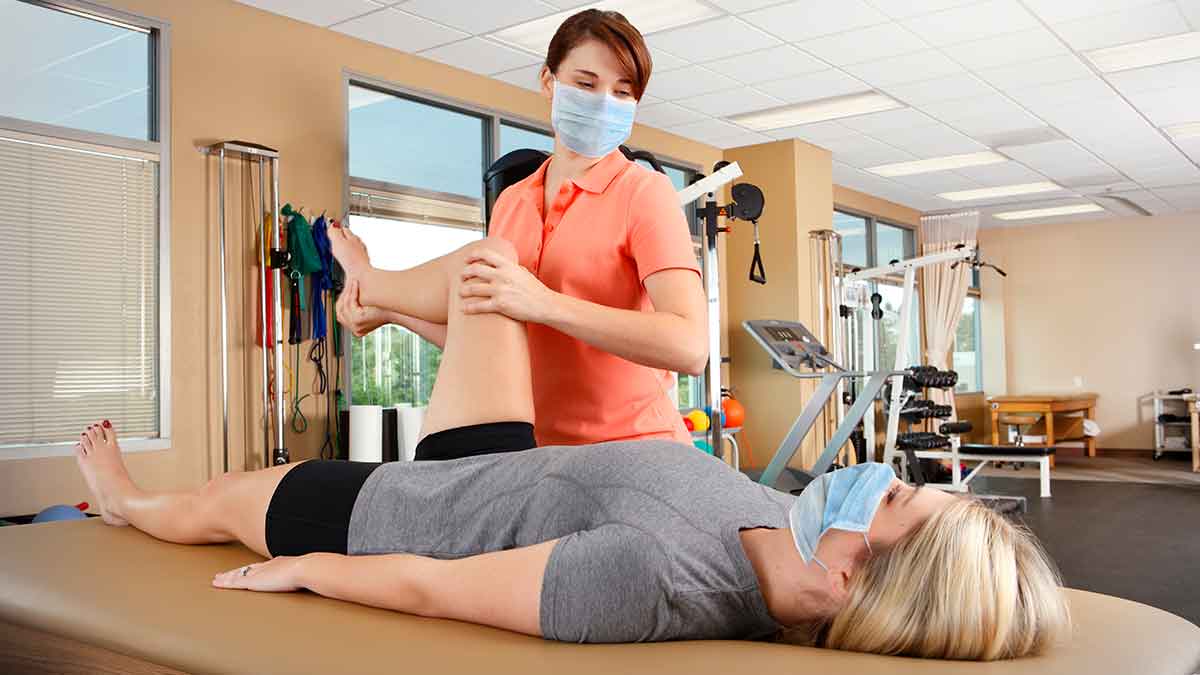There’s a blister on my foot. Now what?

These painful pockets of fluid form when the layers of skin are irritated by friction against an outside force, most commonly our shoes. The friction causes the top layers of our skin to separate from the layers underneath, creating a pocket that fills with fluid. The formation of blisters is exacerbated by the sweat we produce when we’re active. The moisture softens our skin, increasing the frictional forces and making the skin more susceptible to forming a blister.
Prevention
The threat of getting a blister doesn’t mean we have an excuse to sit on the couch. There are some simple precautions we can take to stay active and keep our feet healthy.
- Wear shoes that fit properly. Our feet are like fingerprints in that no two feet are exactly the same. Some feet are narrow, while others are wide. Some arches are high and others are flat. It’s important to pick out a shoe that works for your feet to protect you from blister development.
- Have your feet measured and fit your shoes to the larger foot. Your feet aren’t as symmetrical as you think. Always measure both feet and pick shoes that work for the collective team.
- Try shoes on and walk around to make sure they’re comfortable. People ask me if you need to break in shoes before a run. Nowadays, footwear has come so far that very rarely will a new pair of shoes give you significant issues with your first wear. However, you want to walk and jog around to see if you feel anything rubbing in your arches, heels and toes.
- Your foot shouldn’t be able to slide when standing. Make sure there’s plenty of space in the toe box, but you shouldn’t see any space behind the heel when standing.
- Purchase the right shoe for the activity. Walking, cross-training and basketball shoes are designed for the stresses those activities place on your body. If you are a runner, consider buying a half-size larger than your other shoes to provide room for your toes to shift when you are planting and pushing off.
- Invest in moisture-wicking socks.
- Protect your feet by wearing moisture-wicking socks that are made of polyester, nylon or merino wool. These socks are intended to pull moisture away from the skin. There are a variety of socks on the market, so treat socks like shoes. Use trial and error to find what works best for you.
- Try a topical product.
- Antiperspirant powders and anti-chafing products are designed to reduce moisture and friction to lower the risk of getting a blister. I advise against using petroleum jelly. It creates more moisture and, over time, more friction.
- Increase activity gradually.
- Our skin can thicken in response to repetitive activity. Our body protects itself by forming calluses. When we increase an activity like running gradually, our skin will adapt by thickening to better take on the friction forces.
If you feel irritation on your skin, whether there’s a blister there or not, stop your activity as soon as you are able. Pushing through the pain will increase the injury at an exponential rate. When you stop the workout promptly, you may be able to resume your desired activities sooner.
Treatment
Our skin serves as a barrier to prevent bacteria from entering the body. When we develop a blister, there is an increased chance our protective barrier will breakdown, making us susceptible to an infection. To keep this from happening, cover blisters with moleskin to create a protective barrier and prevent further friction. Once a blister has developed, double-layer socks for more cushioning. Avoid popping a blister without consulting a doctor. If the blister has opened, treat it with antiseptic ointment and cover with a clean dressing.
When to see a doctor
If you have a blister, whether it’s intact or has popped, and you have redness around the blister or increased pain, fever or chills, you should go to the doctor immediately. It may indicate you have an infection that requires antibiotics.
Diabetics are predisposed to developing diabetic neuropathy, which is a loss of sensation in the feet. This population is especially at risk when injuries of the feet, including blisters, occur, because they may not be aware of it. Because of the lack of pain related to failed nerve signals, it can advance, become severely infected and, ultimately, lead to amputation if not caught quickly enough. It’s recommended that diabetics do regular foot checks.
Michael Jonesco is an assistant clinical professor of internal and sports medicine at The Ohio State University Wexner Medical Center.




